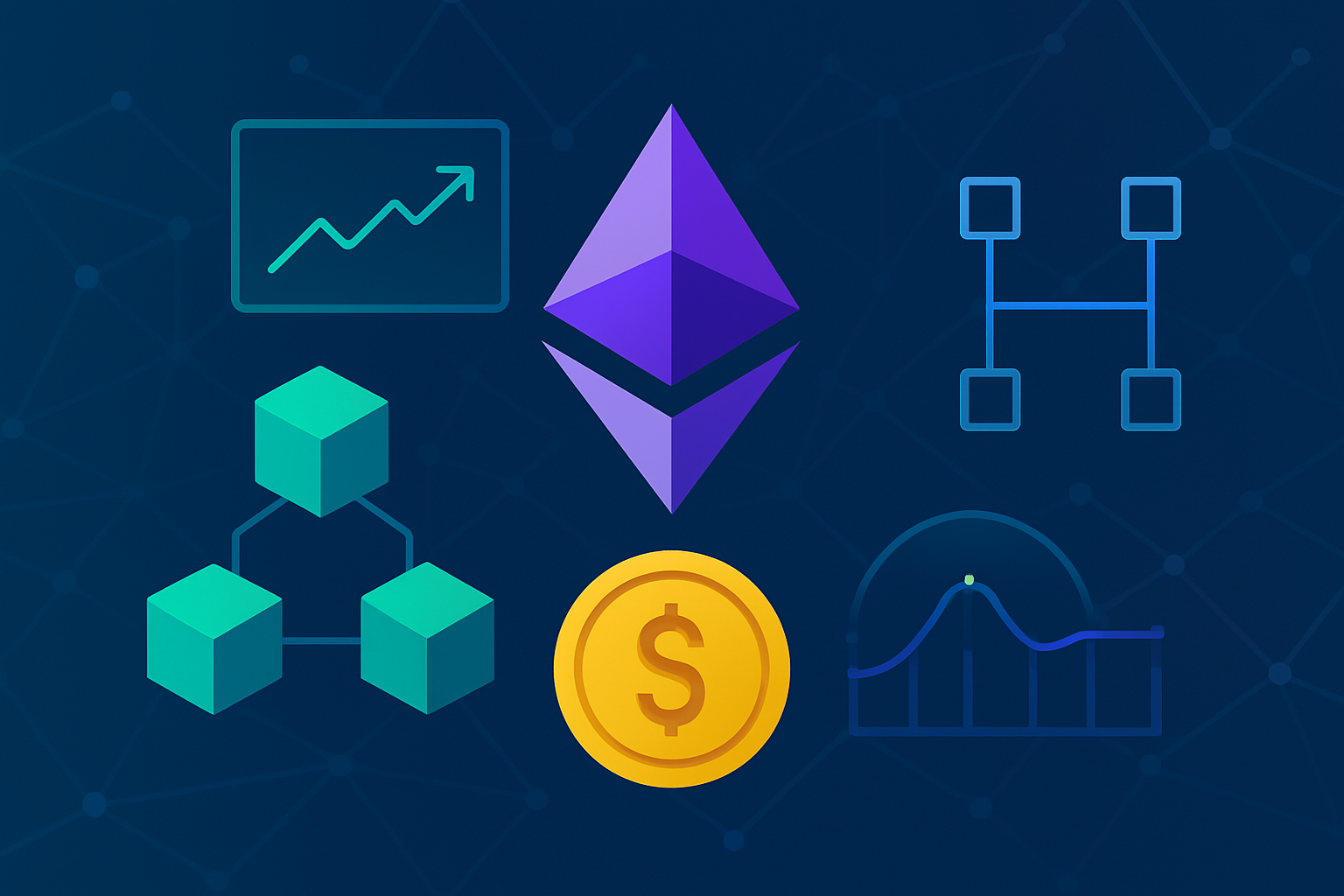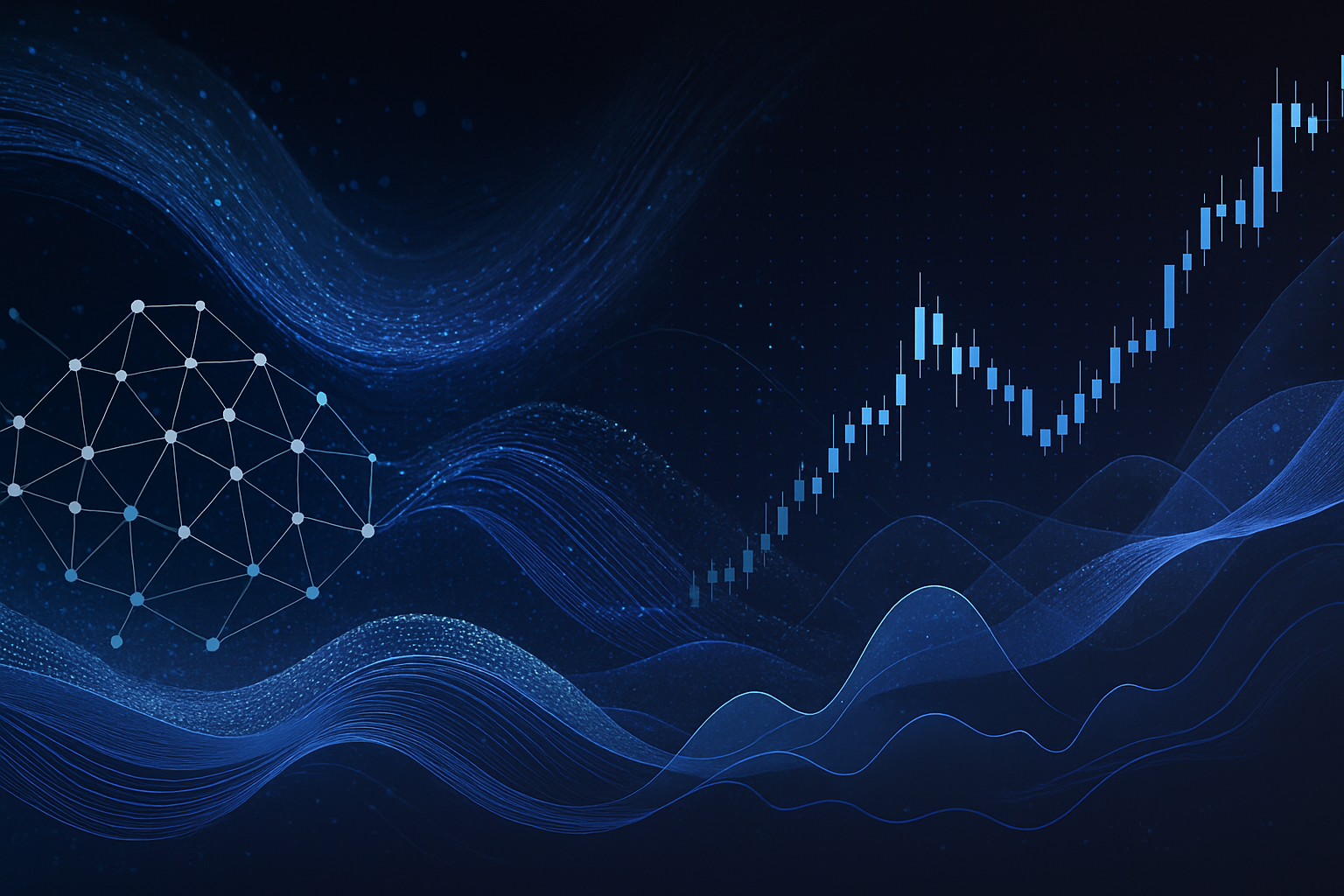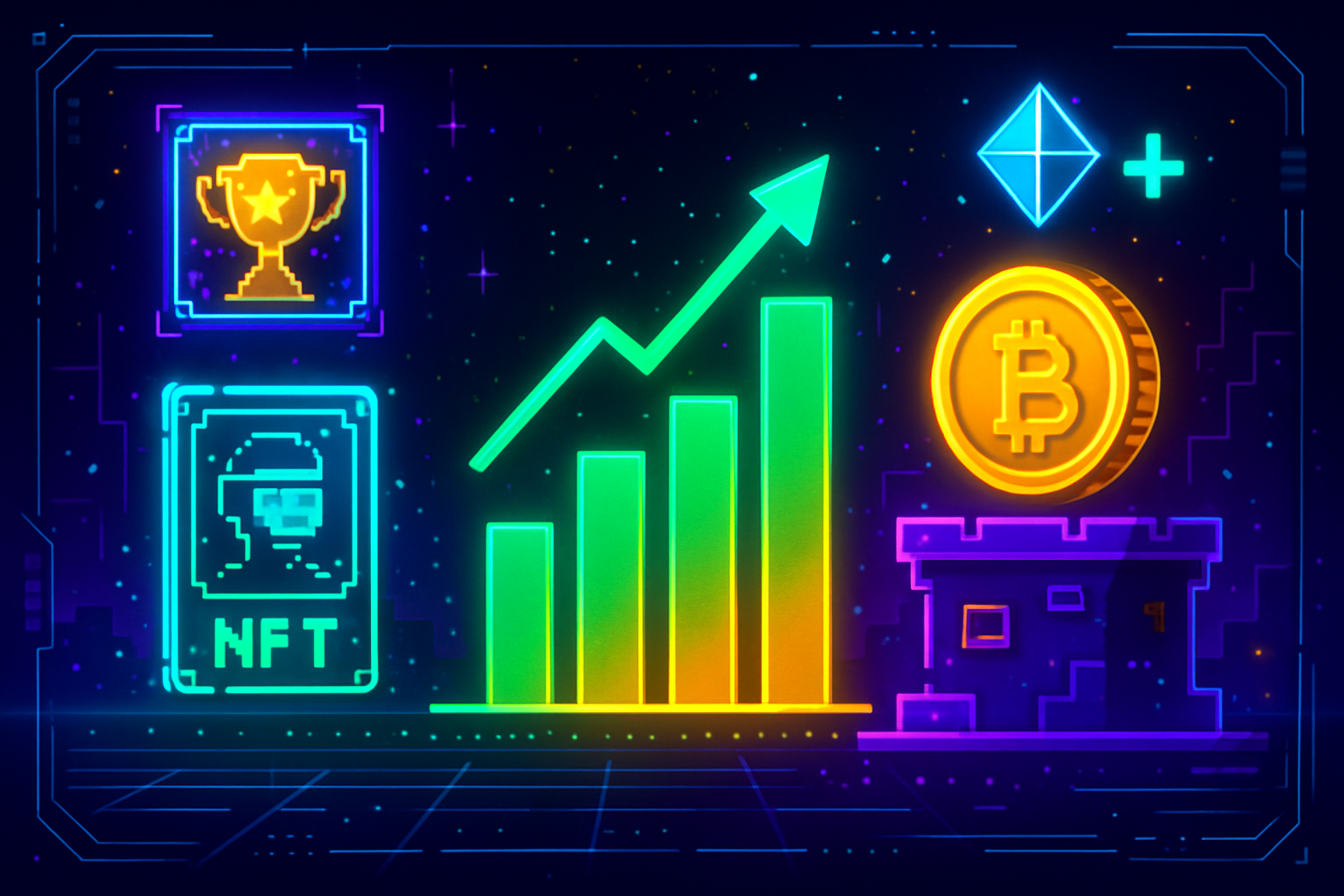
Web3 gaming is entering a new era, and at the center of this transformation is Ronin Network’s innovative Proof of Distribution (PoD) model. As Ronin pivots from a gaming-centric Ethereum sidechain to a full-fledged Layer-2 scaling solution, the network is rewriting the rules for developer incentives and ecosystem rewards. This bold move is already generating buzz across the blockchain industry, with $RON currently trading at $0.2829 and showing renewed momentum ( and 0.0215% in 24 hours). But what exactly does PoD mean for Web3 gaming, and how is it reshaping the way contributors are recognized and rewarded?

Ronin’s Proof of Distribution: A Paradigm Shift for Developer Incentives
The introduction of Proof of Distribution marks a seismic shift away from traditional staking models that primarily rewarded passive validators. Instead, PoD puts builders – those who actively develop games, dApps, and protocols on Ronin – at the forefront of network incentives. Under this model, staking rewards are distributed according to each contributor’s Builder Score, a composite metric designed to capture both quantitative and qualitative impact on the Ronin ecosystem.
Builder Score Breakdown:
- On-Chain Metrics: Gas fees generated by applications, treasury revenue contributed, and total value locked (TVL) all play pivotal roles in measuring direct economic impact.
- Off-Chain Metrics: User engagement, impressions across social channels, and overall mindshare help gauge broader community influence.
This dual-pronged approach ensures that both technical performance and social resonance are factored into reward allocations – a move that aligns with Web3’s ethos of transparency and meritocracy.
Realigning Ecosystem Rewards for Web3 Gaming Growth
The implications of PoD go far beyond just shifting token flows; they fundamentally reshape the incentive structure across Ronin’s rapidly expanding gaming landscape. By rewarding active contribution over passive participation, PoD fuels an environment where innovation thrives.
- Enhanced Developer Incentives: Teams building high-impact games or infrastructure now have direct pathways to earn $RON based on measurable outcomes.
- Sustainable Ecosystem Growth: As more developers compete to improve their Builder Scores, users benefit from better products and richer experiences.
- Diversified Participation: Smaller studios and indie creators can rise through the ranks if their projects gain traction – not just those with deep pockets or early validator status.
This approach also dovetails with Ronin’s broader ecosystem-first strategy: recent initiatives include $300K grants for developers and strategic partnerships with Chainlink and Tenderly to lower entry barriers for new projects.
The Transition to Layer-2: Speed, Security, and Decentralization
The rollout of PoD comes as Ronin accelerates its transition into an Ethereum Layer-2 solution – a move that promises transaction speeds up to twelve times faster than before while keeping fees ultra-low for players. Importantly, this upgrade also brings about decentralization through Delegated Proof of Stake (DPoS), empowering $RON holders with greater influence over network governance and validation processes.
The combined effect? A more robust foundation for Web3 games like Axie Infinity and Pixels, which continue to push boundaries in user engagement and revenue generation. The migration isn’t just about technical upgrades; it’s about creating an environment where every contributor has skin in the game – literally earning as they build the future of decentralized entertainment.
Ronin Network’s Proof of Distribution is already inspiring a new wave of creativity and competition among Web3 gaming developers. With the Builder Score model, the network rewards not just scale, but ingenuity and community resonance. This means a small team with a viral hit or a pioneering mechanic can earn as much recognition, and $RON, as established studios with bigger budgets. The result: a more dynamic and meritocratic ecosystem where everyone’s contribution matters.
Top Benefits of Ronin’s Proof of Distribution
-
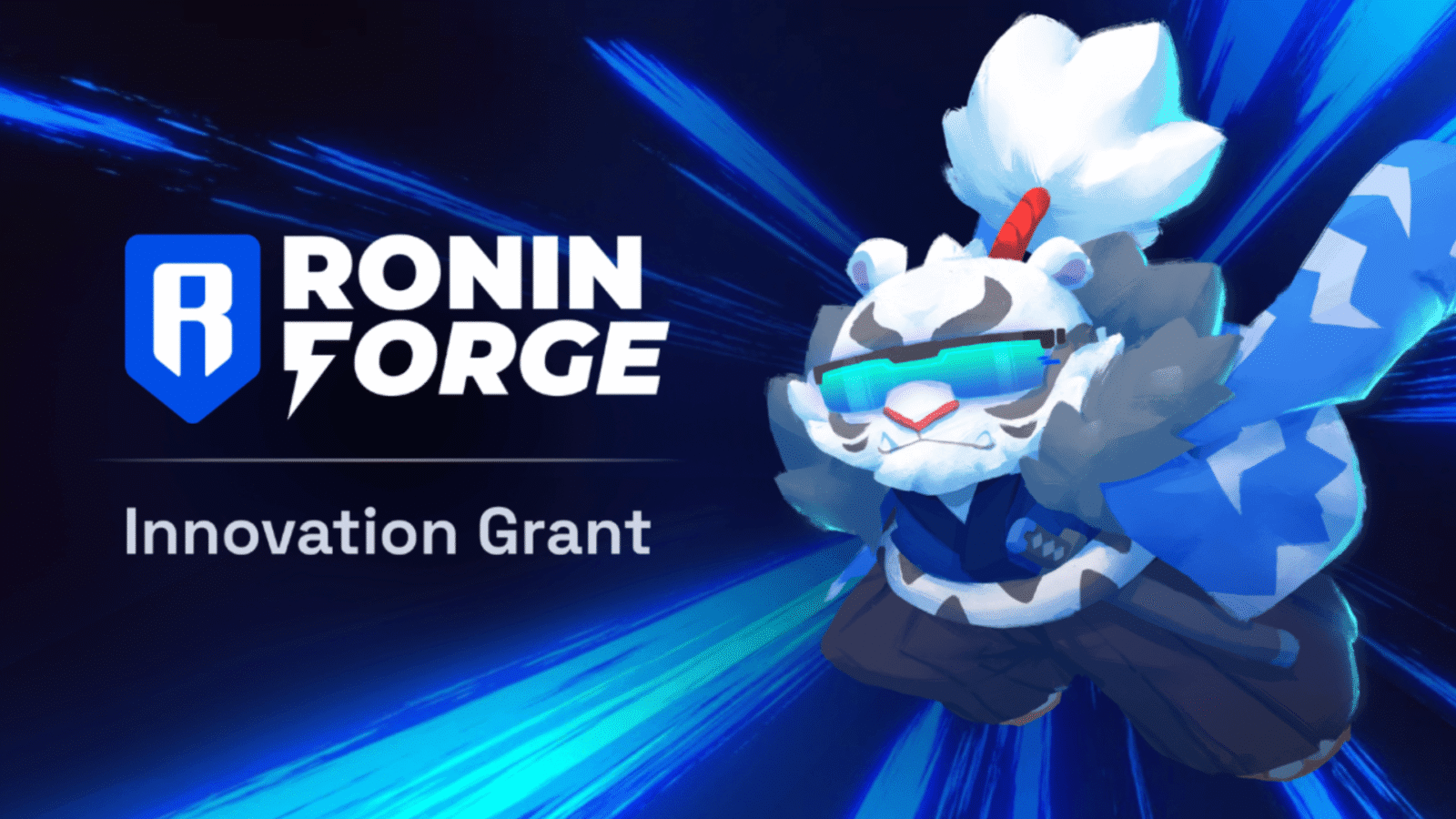
Direct Rewards for Game Developers: Ronin’s Proof of Distribution (PoD) shifts staking rewards from passive validators to active builders, ensuring that developers and indie studios are compensated for building engaging games and applications.
-

Boosted Innovation Through Builder Scores: PoD uses a Builder Score—combining on-chain metrics like gas fees and TVL with off-chain metrics such as user engagement—to reward impactful projects, fostering a culture of innovation.
-
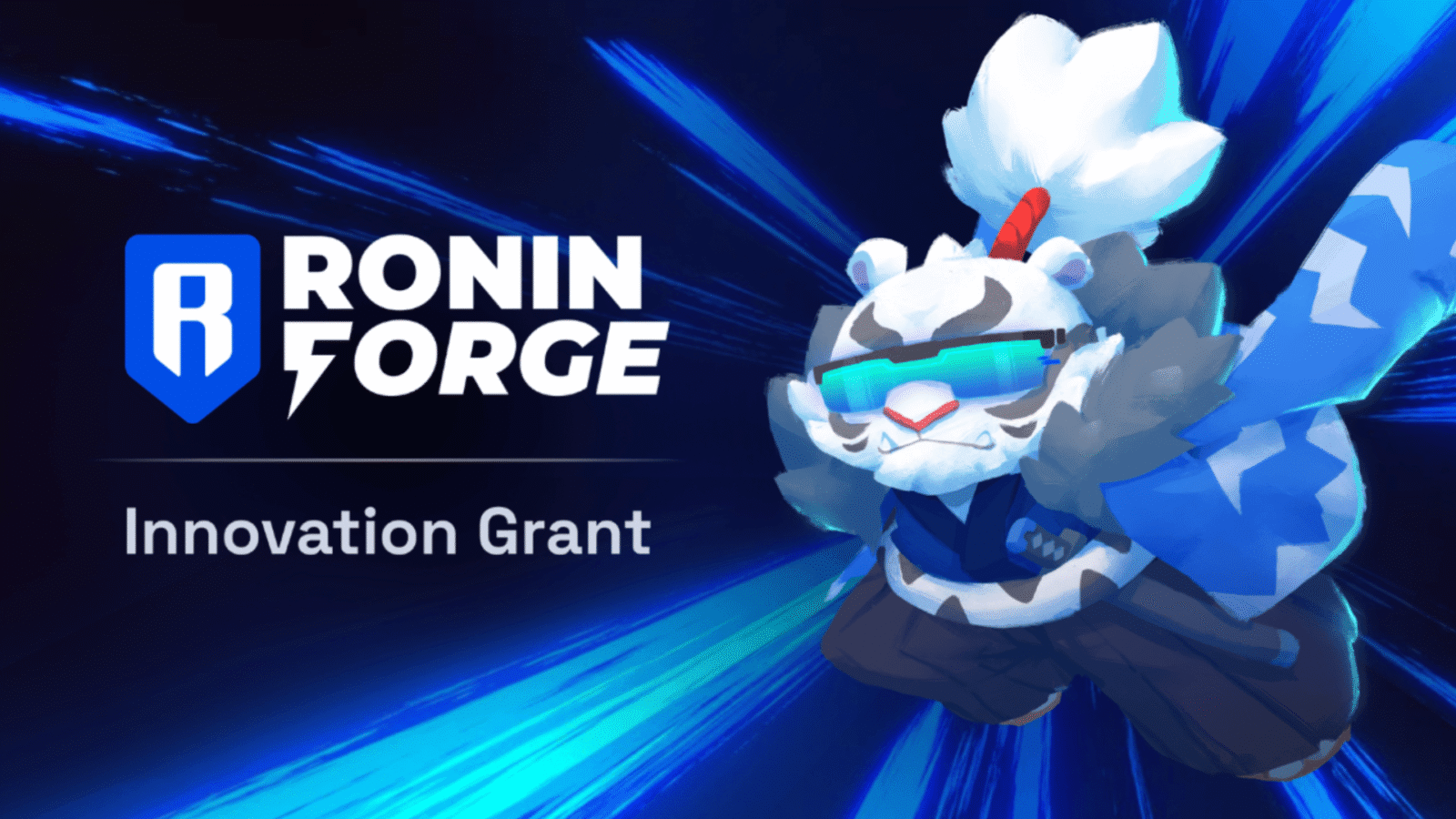
Enhanced Player Experiences: By incentivizing developers to create high-quality games, PoD leads to richer, more engaging gameplay and a thriving ecosystem for players.
-
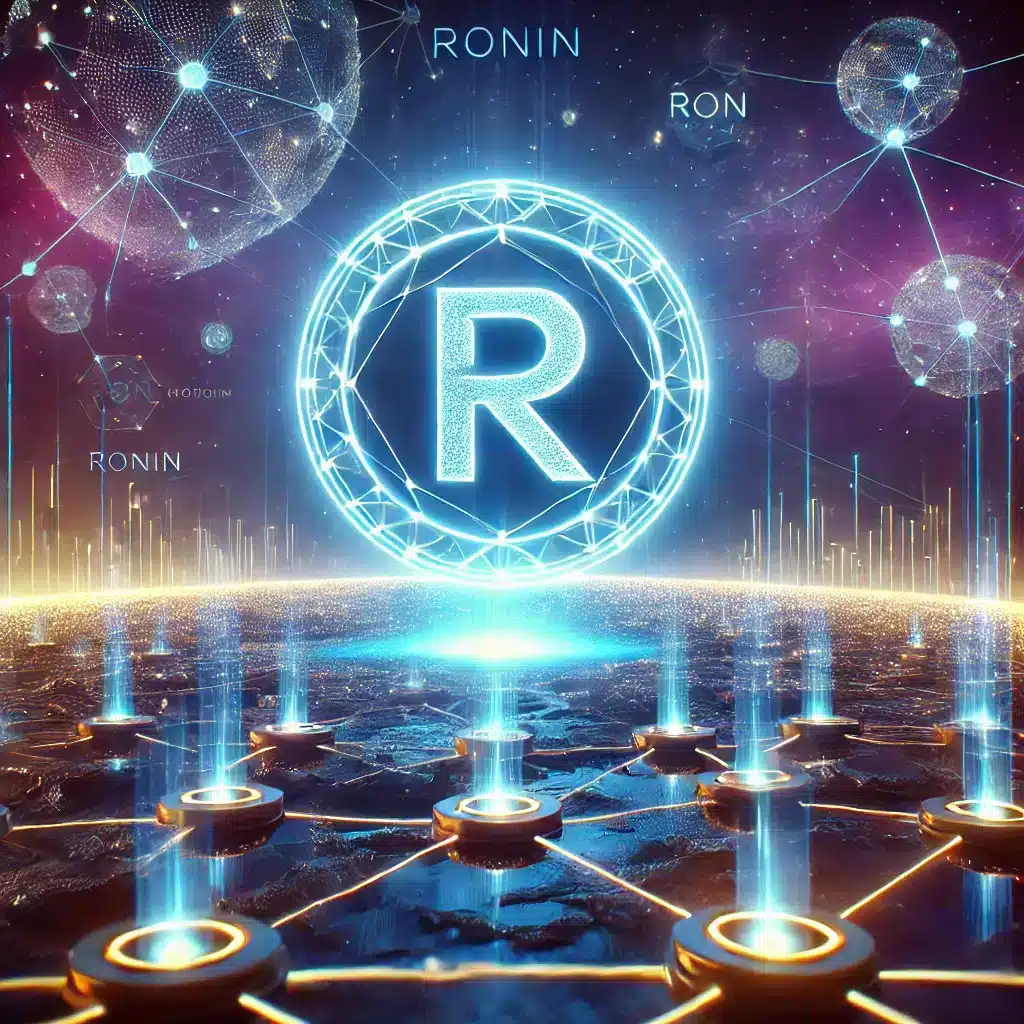
Greater Network Decentralization: Transitioning to Delegated Proof of Stake (DPoS) and PoD allows RON token holders to participate in validation and governance, making the network more decentralized and secure.
-

Alignment of Ecosystem Interests: PoD ensures that developers, players, and the network all benefit as the ecosystem grows, creating a sustainable model where everyone’s incentives are aligned.
What’s more, by tying rewards to both on-chain traction and off-chain influence, PoD incentivizes holistic growth strategies. Developers are motivated to not only optimize smart contracts for efficiency but also to engage meaningfully with their communities. This synergy drives higher daily active users, deeper player loyalty, and ultimately, greater total value locked (TVL) within the Ronin ecosystem.
$RON Price Watch: As of today, $RON is trading at $0.2829, reflecting renewed confidence in Ronin’s roadmap and its appeal to both builders and investors alike. The market is responding positively to these structural changes, especially as major proposals like Uniswap v3 deployment on Ronin signal growing DeFi integration alongside gaming innovation.
The Future of Blockchain Contributor Rewards
By shifting from passive validator rewards to active builder incentives, Ronin Network is setting a new standard for blockchain contributor rewards in Web3 gaming. This model doesn’t just benefit developers; it creates a virtuous cycle where players enjoy better games, investors see stronger fundamentals, and the entire network grows more resilient against shocks.
The Proof of Distribution framework also aligns perfectly with Ronin’s push for decentralization through DPoS, giving $RON holders real agency in shaping the future direction of the ecosystem. As governance becomes more community-driven and transparent, expect even faster iterations on incentive models that keep pace with evolving user needs.
“The move to PoD isn’t just about technology, it’s about recognizing the builders who make Web3 gaming possible. “
For those considering building on Ronin or staking $RON for exposure to this next-gen incentive engine, now is an ideal time to get involved. The combination of technical improvements (like 12x faster transactions), robust grant programs, and an open rewards structure makes Ronin one of the most attractive L2s for gaming innovation heading into 2026.


